Panasonic Lumix DMC-LZ5 Review
Panasonic Lumix DMC-LZ5
Cliff discovers that Panasonics low end camera is a bit of a false economy.
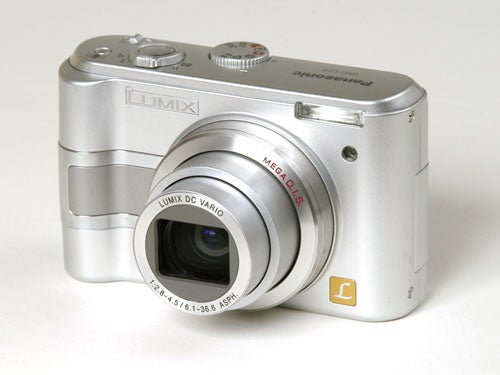
Verdict
Key Specifications
- Review Price: £199.00
As I’ve noted previously, such as in the recent review of the Lumix DMC-LX1, despite its lack of pedigree in the photographic field Panasonic has quickly developed a good reputation for producing innovative high-end compact and super-zoom cameras, thanks to stylish and well-thought-out design, high quality electronics and of course its partnership with Leica, which gives it access to the German company’s legendary optical technology. Panasonic cameras have tended to be a bit on the expensive side, but generally they’ve been worth the money. At least that’s what I thought until now. I may have to re-think that opinion now that I’ve seen the DMC-LZ5. Available on the high street for around £230, or online for £199.95, the LZ5 is cheap enough to be described as a budget camera, but like most products that are built down to a price rather than up to a target specification it has a number of problems.

On paper at least the LZ5 sounds like a bargain. For your £200 you get a 6-megapixel sensor, a high-quality 6x optical zoom F2.8-4.5 lens, a 2.5in LCD monitor and optical image stabilisation. On first inspection it looks good too. Its external design shares the same styling features as the rest of the Lumix range, with a slightly retro and vaguely art-deco motif. However whereas most of the other Lumix cameras are slim and elegant, the LZ5 is a big chunky lump of a thing. At 45mm thick it is a full 2cm thicker than the stylish LX1 or the lovely new FX01.
Part of the reason for this incredible bulk is the power source. The LZ5 runs on two AA batteries, which have the advantage of being cheap and readily available all over the world. However there are other AA-powered cameras out there that are considerably slimmer, such as the Fujifilm FinePix A600 at 30mm, or the 24mm Pentax Optio M10, both of which are also 6MP.
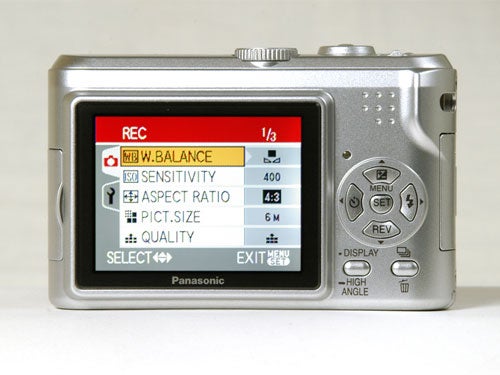
In an effort to make the camera less of a brick, Panasonic has opted for a plastic body, which unfortunately makes the camera feel even cheaper than it is. The three plastic and non-latching hatches covering the battery holder, card slot and interface sockets feel flimsy and fragile, and the top plate controls, particularly the zoom control around the shutter button, do not feel as securely mounted as they do on a metal-bodied camera.
The other reason for the LZ5’s somewhat corpulent dimensions is of course the big 6x optical zoom lens with its optical image stabilisation system. I’ve used the Panasonic Mega OIS system before, and found it to be very effective, providing shake-free pictures at shutter speeds about three stops slower than would otherwise be possible. This means it is possible to shoot hand-held at the full 222mm-equivalent zoom range at about 1/30th of a second, which is very useful in low-light situations. The system has two settings, one which only uses stabilisation when the shot is taken, and the other which also stabilizes the view on the monitor screen.

On the subject of the monitor, I have to say that I was not impressed by its performance. As Panasonic claims in the advertising blurb on its website, it does indeed have a wide angle of view; I would estimate it to be about 160 degrees, but with just 85,000 pixels to cover a 2.5in diagonal size it is very low resolution. As a comparison, most other similarly sized camera monitors have at least 150,000 pixels, and some have as many as 230,000. The surface of the monitor is also highly reflective, which makes it very difficult to see in bright sunlight. I get the impression that the quality of the monitor is one of the corners that were cut to reduce the price of the camera. The refresh rate is also a bit on the slow side, which can cause problems when attempting to photograph fast moving subjects.
Focusing is also a little sluggish, although I have encountered slower AF systems. In good light and with a high-contrast subject it takes a good half a second to focus, giving a total shutter lag of almost a second. This might not sound like much, but it is definitely toward the slower end of the scale when compared to other current models. In low light it is even slower, but thanks to the AF illuminator it can focus in total darkness at a range of about two metres.
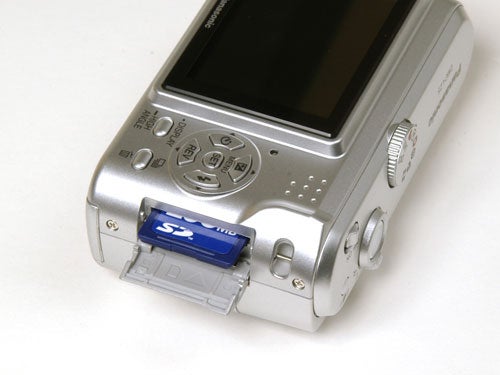
Overall shooting speed isn’t too bad. In high speed continuous mode it shoots six frames in just under three seconds, while in infinity mode it can shoot at about 1.3 frames per second and keep this speed up until the memory card is full.
The range of available shooting options is fairly limited. Modes are selected via the dial on the top plate, and consist of macro (minimum focus range 5cm), economy (reduced monitor brightness and quicker sleep mode) normal program mode and simple mode (most manual options disabled). As well as these there are two settings that both access the 14 options scene mode menu, which include all the usual settings, such as portrait, night scene, landscape, sports, food, party, snow, fireworks and baby pictures. The reason for having two scene mode settings is ostensibly to allow faster transitions between two different modes, but since both selections immediately activate the menu this seems a little redundant.
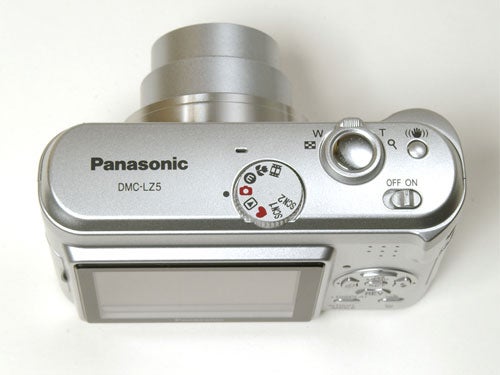
Other menu options include high and low saturation, and colour modes including warm, cool, sepia and monochrome. I have to say also that it’s a long time since I’ve seen such an ugly menu system on a camera. It has just four colours, badly anti-aliased text and crude barely-animated icons that look like something off a Sinclair Spectrum computer game from the 1980s. Yuck!
Unfortunately image quality proved to be the biggest disappointment. Although unlike the high-end Panasonic cameras the LZ5’s lens doesn’t have the Leica name on it, it is still of very good quality, and provides excellent detail and sharpness right across the frame, and the wide-angle barrel distortion is very well controlled. However it is badly let down by very poor image processing and an even worse sensor. Even at the lowest ISO setting there was image noise and colour distortion visible in darker areas on most shots, there was evidence of massive over-processing, and high-contrast or into-the-light shots had some of the worst purple fringing I’ve seen in the past five years. On top of that there were image compression artifacts visible even on the highest quality setting. It’s a real shame, because with an extra £50’s worth of sensor and processor quality the LZ5 could have been a very nice camera.
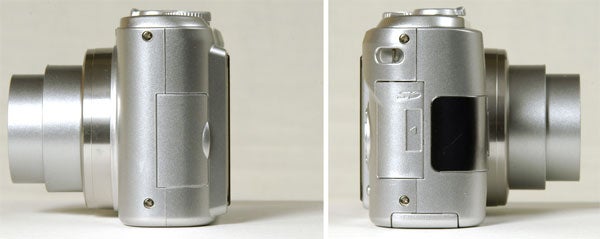
”’Verdict”’
Although the LZ5 is priced to compete with budget cameras from other manufacturers, it succeeds only in demonstrating that Panasonic should stick to what it’s good at; making superb high-end super-zoom cameras. The LZ5 is too bulky for convenient pocket use, has questionable build quality, mixed performance and shoddy image quality despite its high quality lens. All in all a rather disappointing camera, and a blot on Panasonic’s otherwise impressive record.
(table:features)
A range of test shots are shown over the next few pages. Here, the full size image has been reduced for bandwidth purposes, and a crop taken from the original full resolution image has been placed below it in order for you to gain an appreciation of the overall quality. The following pages consist of resized images so that you can evaluate the overall exposure. For those with a dial-up connection, please be patient while the pages download.
—-
”’Note:”’ These ISO test shots were taken indoors using ordinary domestic tungsten light from two 60 watt reading lamp bulbs. White balance was set manually by taking a reading off a piece of white paper. And if anyone knows where my wing mirrors are, I’d like them back please.
—-
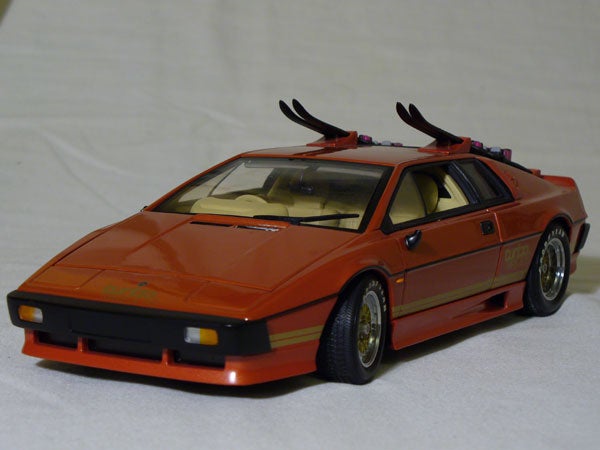
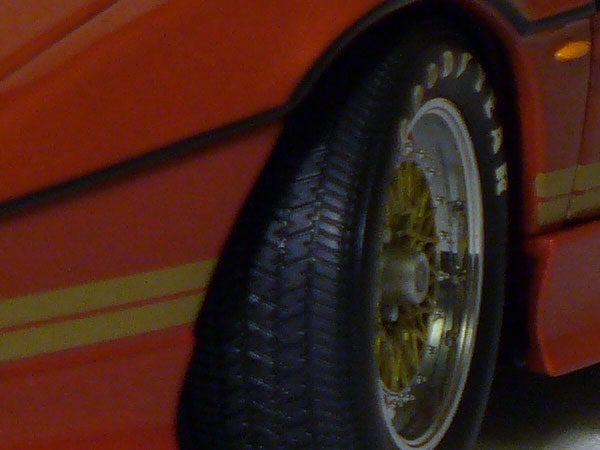
1/3 sec, F3.5, ISO 80
Even at the lowest setting of 80 ISO, the LZ5 produces speckled colour, compression artifacts and even some slight image noise. Not a good sign at all.
—-
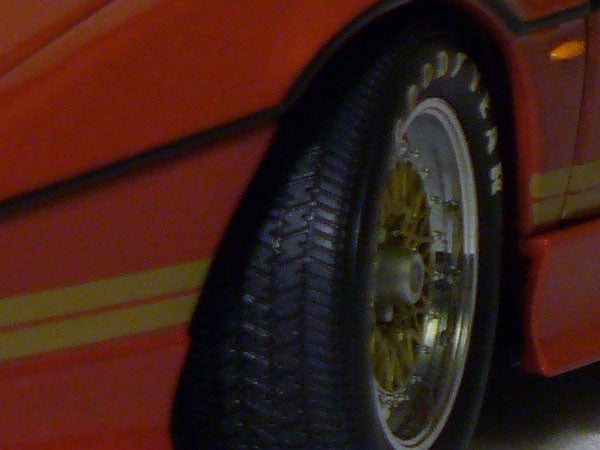
¼ sec, F3.5, ISO 100
With the sensitivity set slightly higher at 100 ISO, this image actually appears to have slightly less colour speckling, possibly due to the slightly shorter exposure time. Unfortunately there is still about the same level of image noise.
—-
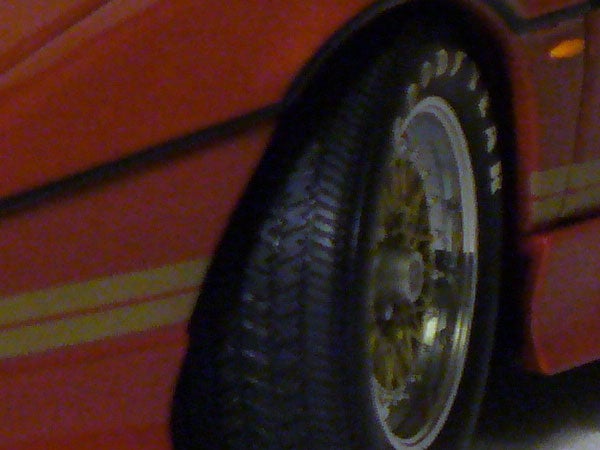
1/6 sec, F3.5, 200 ISO
At 200 ISO the image noise and colour distortion really kick in. It’s actually difficult to determine what the colour is supposed to be in some shadow areas.
—-
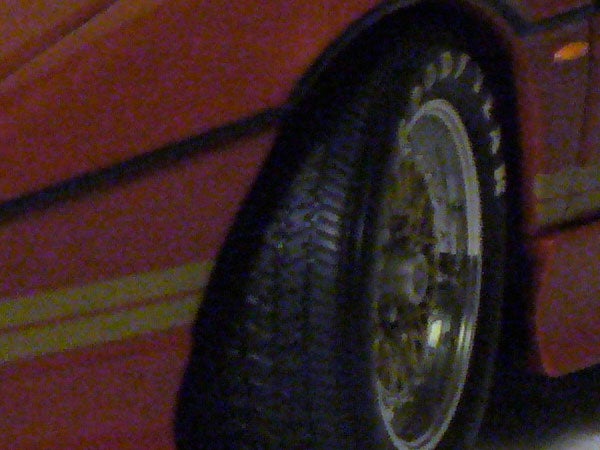
1/13 sec, F3.5, 400 ISO
At the maximum setting of 400 ISO there is a lot of image noise in all areas, detail and colour fidelity has been lost and the image is almost unusable.
—-
This page consists of resized images so that you can evaluate the overall exposure.

In this everyday snapshot colour and exposure rendition are both very good, but zooming in to 100% reveals compression artifacts in the sky and purple fringes along some of the high-contrast edges.
—-
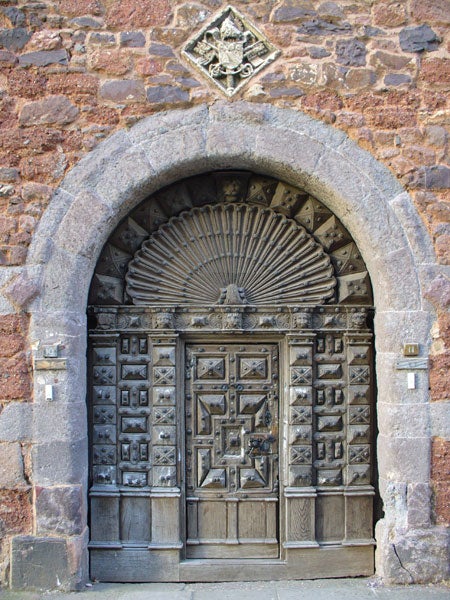
Despite the image processing inadequacies, the Lz5’s lens does an excellent job, providing lots of sharp detail right into the corners of the frame, and a minimum of barrel distortion.
—-
This page consists of resized images so that you can evaluate the overall exposure.

This high-contrast shot has produced massive purple fringes around the edges of the tree branches and the roof of the cathedral, as the cells in the sub-par CCD overload and leak charge into their neighbours. This shouldn’t happen.
—-
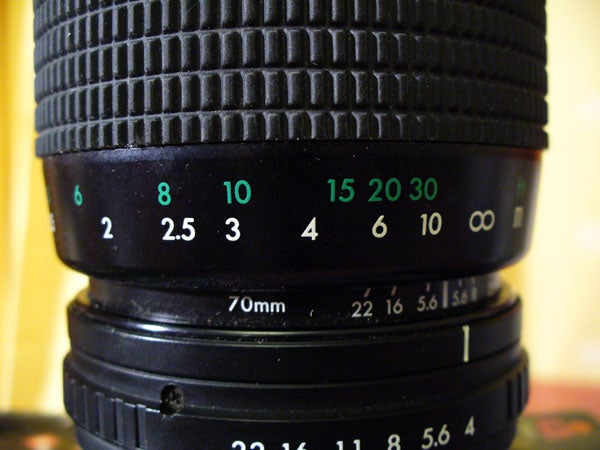
The closest focusing range of 5cm is not exceptional, and at this range the lens finally begins to show some distortion.
—-
This page consists of resized images so that you can evaluate the overall exposure.
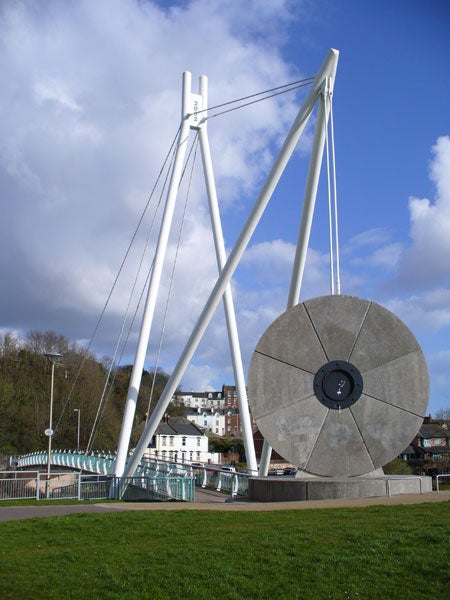
The 6x optical zoom lens has a wide end equivalent to 37mm, not really what you’d call wide angle, but at least it’s nice and sharp.
—-
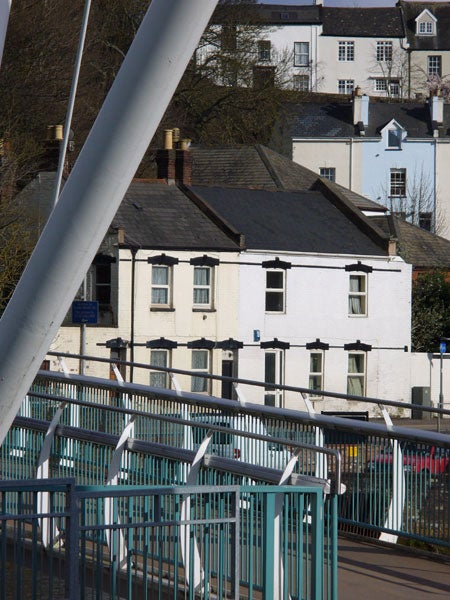
Taken from the same position as the previous shot, this demonstrates the 222mm-equivalent telephoto end of the zoom range.
—-
Trusted Score
Score in detail
-
Value 7
-
Image Quality 7
Features
| Camera type | Ultra Compact |
| Megapixels (Megapixel) | 6.37 Megapixel |
| Optical Zoom (Times) | 3.5x |

